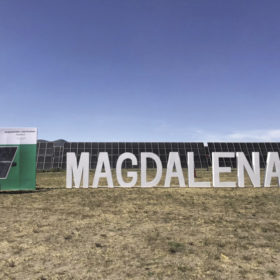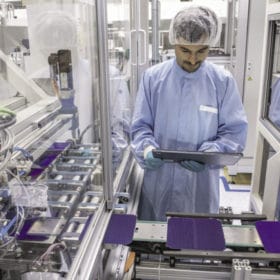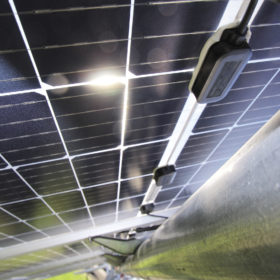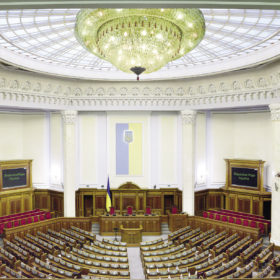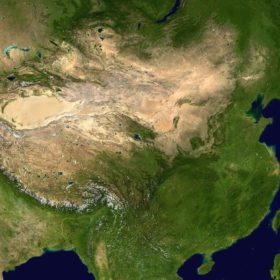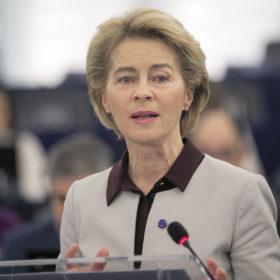Mexico headed for a solar slowdown
It has already been a complicated year in terms of private investments in Mexico’s energy sector. And for solar, a lack of policy certainty and a government supportive of the fossil fuels industry are serving to further muddy the waters for projects already in development, while putting the brakes on any new plans.
Power play under way Down Under
Economics and common sense have to win out over a climate-denying, pro-fossil fuel government, says John Grimes, the chief executive of Australia’s Smart Energy Council. And in the absence of renewable energy targets, he argues that the power of the people seems to be leading the way.
The utility and PV
Agents of change or recalcitrants? Leaders or laggards? The utility is sometimes seen as a crucial stakeholder and, at other times, as an antagonist to the PV industry. And while large-scale solar may seem the perfect fit for utility adoption, the future increasingly looks distributed.
PV trends of 2020
Despite much of the world being on lockdown for a big chunk of 2020, there are few who could say it has been an uneventful year. And while the ongoing Covid-19 pandemic will be what defines 2020 for many, in the solar industry there’s plenty more to shout about, from the rapid rollout of high-powered modules to a drastic increase in carbon-neutral pledges from companies and governments around the world. Here, we take a look back at the year in solar.
Back to the drawing board
The combined use of trackers and bifacial modules can result in significant power gains, but they are not distributed equally. For single-axis tracking R&D teams, the process of optimizing the output from arrays that use bifacial modules requires experimentation and a steep learning curve in terms of what is going on underneath the module.
Shifting geopolitical sands
After a decade of operation, the International Renewable Energy Agency (IRENA) has become an established presence in assisting the deployment of renewables. Now under the leadership of Director General Francesco La Camera, it continues its work on a range of issues pertaining to renewable energy deployment, with a renewed focus on facilitating international investment.
Bust looms over Ukraine
Ukraine’s solar market catapulted itself into the gigawatt club in 2019. But a familiar tale of boom and bust is hanging over Kyiv. The story is complicated by the country’s political and energy market reforms, as well as geopolitics and a new orientation toward the West in the wake of the country’s 2013-14 revolution.
Last event standing
It should have been among the first major trade show events of 2020, but it has ended up being one of the last – for a couple of months, at least. Tokyo’s World Smart Energy Week, of which PV Expo is a part, was held at the end of February, with considerably fewer visitors and exhibitors filling the trade show floor, as the coronavirus pandemic began to unfold.
Falling China forecasts could spell consolidation
Among Covid-19-related project delays, regional government restrictions and the ongoing transition toward a post-FIT regime for PV, the Chinese market looks set for further contraction in 2020. Frank Haugwitz from Asia Europe Clean Energy (Solar) Advisory (AECEA) says that this and other factors could drive consolidation in manufacturing.
A green road to recovery
In 2019, the European Commission presented the European Green Deal, under which it aims to become climate-neutral by 2050. In May of this year, the commission also unveiled a new instrument to fund the bloc’s recovery from the Covid-19 crisis, in line with the Green Deal principles. This reinforced the drive for renewables investment. pv magazine examines what the latest developments mean for solar.
